NEWS
Quinclorac 25% SC
Time of issue:
2021-06-18 14:55
1. Target weeds: Mainly used to control barnyard dgrass in rice fields, but also to control Monochoria korsakowii, Sesbania cannabina and cress.
.
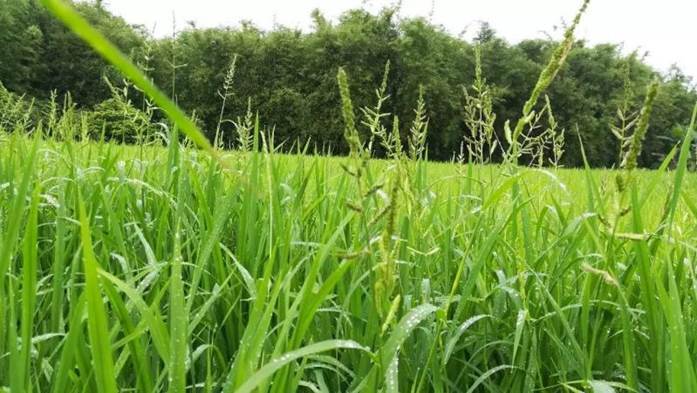
Barnyard grass
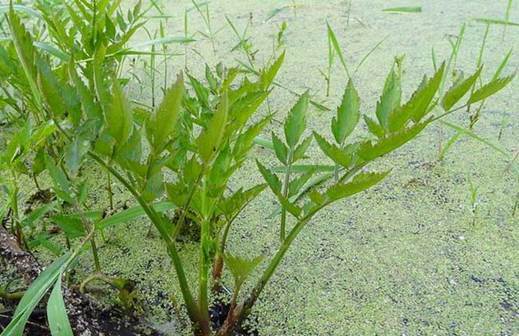
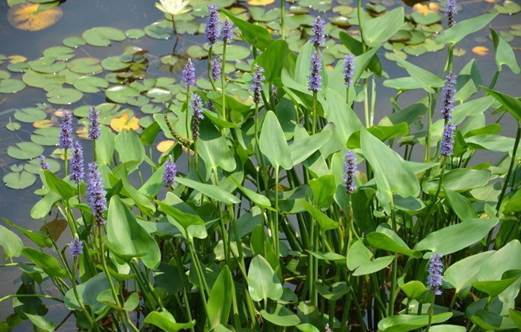
Cress Monochoria vaginalis
2. Reasons why barnyard grass is difficult to control:
a. Many species, strong adaptability to the environment;
b. As the seeds of barnyard grass survive in the soil for a long time and accumulate year by year, the amount of barnyard grass seeds in the field is increasing, and the barnyard grass that germinate will increase accordingly;
c. Less pesticides were used in the early stage, and the control was incomplete;
d. Strong drug resistance;
e. Improper use of herbicides. Pre-emergence herbicides can only be used on weed seeds, and post-emergence herbicides can only have an effect on the stems and leaves of weeds. The correct use of herbicides is one of the key measures to effectively prevent and control barnyard grass;
f. Missed the best application time. Barnyard grass leaf age is too old to be controlled, and pre-emergence treatment is a relatively economical measure to control rice barnyard grass. This measure has low cost and can effectively improve fertilizer utilization. Post-emergence herbicides are generally applied at the 2~3 leaf stage of barnyard grass. At this time, the application of herbicides is less and the effect is good.
3. Advantage
a) High solubility: Most quinclorac on the market is powder, and the solubility is much lower than that of suspension concentrate;
b) Strong miscibility: It can be compounded with other compounds such as pyrazosulfuron-methyl and penoxsulam to kill both gramineous weeds and broadleaf weeds, improve weeding effect, reduce cost and enhance competitiveness;
c) High safety: There is basically no phytotoxicity within the recommended application time and dosage;
d) Wide range of applications: It can be used in dryland crops such as wheat and sorghum.
4. Usage
a) Transplanting field Barnyard grass can be applied at the 1-7 leaf stage, spray with 13.5-26g of active ingredients per 666㎡, drain the water before application, and irrigate after application with a water layer of 3-5cm;
b) Direct seeding field After 2.5 leaf stage of seedlings, the dosage and method are the same as above.
5. Precautions
a) Do not increase the dosage
The maximum dosage per 666㎡shall not exceed 30g of active ingredients;
b) Rice field application
When quinclorac is used in rice field, it must be applied after two leaves and one heart, and premature application will cause phytotoxicity.
c) Re-spraye
Quinclorac can't be re-sprayed during application, and increasing application rate will cause rice leaves to curl.
d) Longer residual period
The residue period of quinclorac in soil is relatively long. It is recommended to plant rice, corn and sorghum in the later crop, and it is forbidden to plant tobacco, tomato, carrot and eggplant.
e) Pay attention to drifting phytotoxicity
Quinclorac has certain drift phytotoxicity, especially to crops around it. Celery, coriander and carrot are very sensitive to quinclorac.
previous
next
previous
next

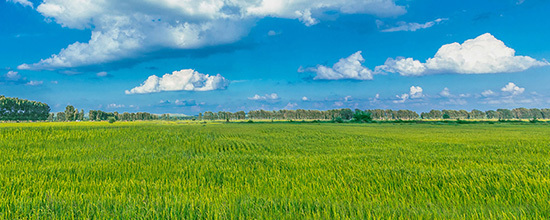
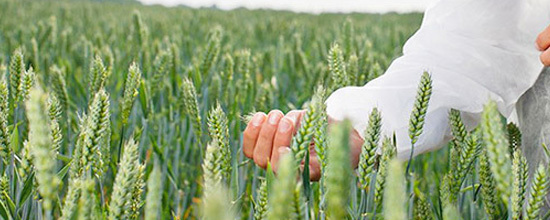


 LANGUAGE
LANGUAGE